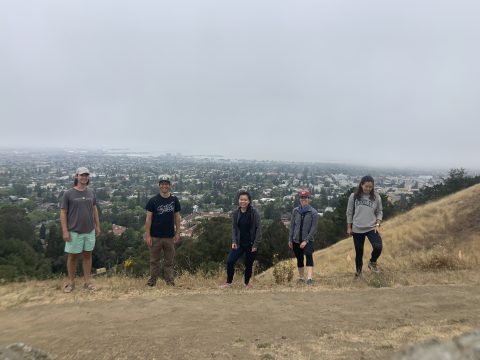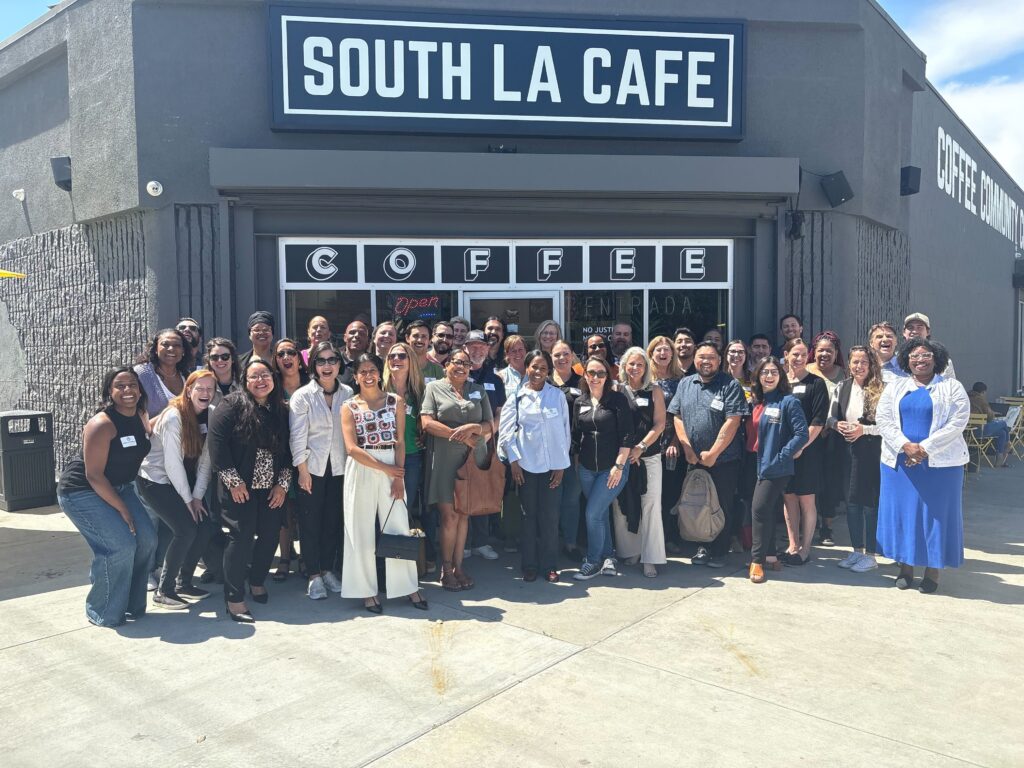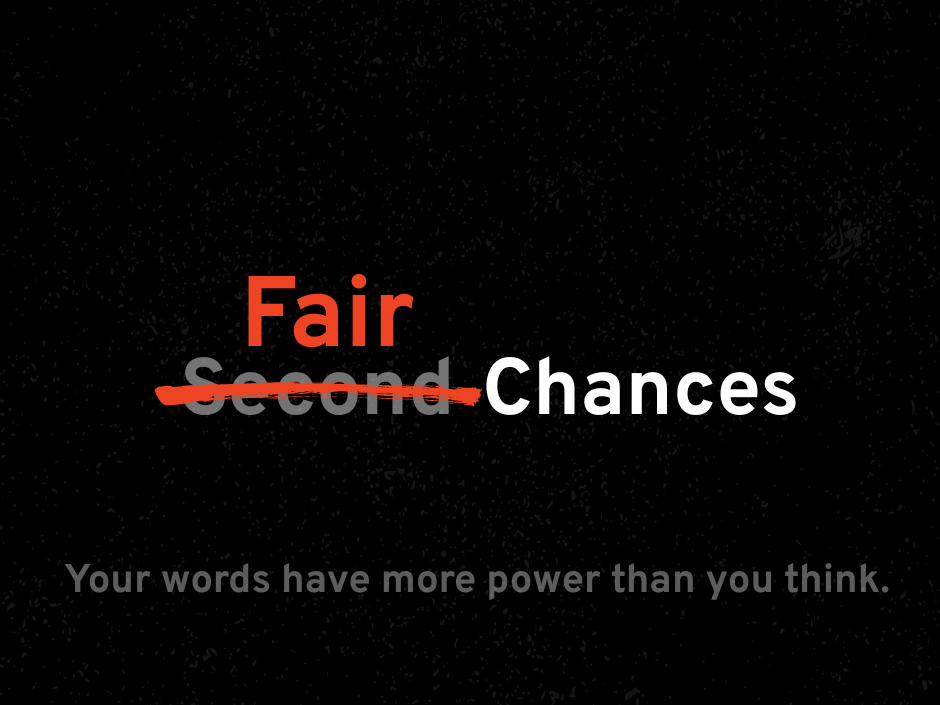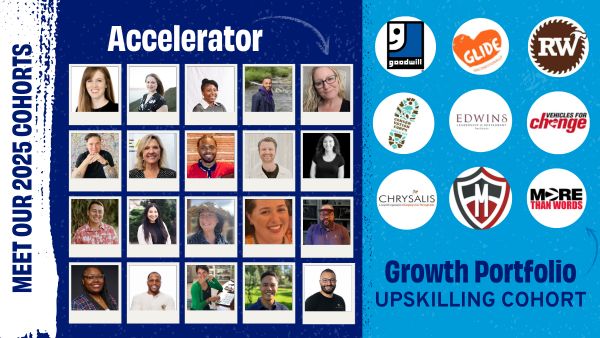IN THIS POST
After putting the finishing touches on my summer project for Conservation Corps North Bay and saying my goodbyes, I loaded up the car and beelined for Yosemite. I spent the next several nights camping under the stars amidst California’s redwood giants. In the silence of the forest, I reflected on all that I’d experienced over my ten weeks with REDF, as part of the Farber Fellowship.
 Miles away from any neighboring town and gazing up at the milky way, I felt like I’d slipped into a National Geographic photo of the night sky painted with stars, planets, and streaks of cosmic dust. As beautiful as those photos are, there’s a simple trick to capturing them. It all boils down to exposure. The longer you leave your shutter open, the longer your camera has to absorb light. If you leave your shutter open for long enough, your camera will pick up light that can’t be seen with the naked eye. As if by magic, your camera illuminates the invisible. That is exactly what REDF did for me this summer. REDF illuminated that which too often remains invisible or ignored in the traditional business world.
Miles away from any neighboring town and gazing up at the milky way, I felt like I’d slipped into a National Geographic photo of the night sky painted with stars, planets, and streaks of cosmic dust. As beautiful as those photos are, there’s a simple trick to capturing them. It all boils down to exposure. The longer you leave your shutter open, the longer your camera has to absorb light. If you leave your shutter open for long enough, your camera will pick up light that can’t be seen with the naked eye. As if by magic, your camera illuminates the invisible. That is exactly what REDF did for me this summer. REDF illuminated that which too often remains invisible or ignored in the traditional business world.
Each week presented new opportunities to hear directly from REDF leadership and the leaders of REDF’s partner social enterprises. Learning about REDF’s LA:RISE program, I discovered the promise of focused and creative cross-sector collaborations. Hearing about the growth of impact lending, I realized how myopic my previous view of VC-oriented “impact investing” had been. Listening to Anthony (“AP”) Armour, the executive director of Neighborhood Industries, I came to terms with the fact that traditional financial KPIs can only convey one small part of an organization’s story. Meaningful KPIs align with an organization’s vision — in the case of Neighborhood Thrift, that meant tracking how much money was redistributed to community members. It meant tracking how many employees were hired, upskilled, and retained. It meant thinking through how to track contributions to their local economy and community.

This summer I worked with Conservation Corps North Bay (CCNB) and explored opportunities for them to enter the food recovery space. The opportunity exists at the intersection of policy implementation, a market gap in labor, and strategic partnerships. The project found me on the phone with government agencies, think tanks, city officials, food banks, grocery stores, tech companies, community volunteers, and more. Many more. The experience illuminated how many different types of entities are working to solve our world’s most pressing challenges. Business, it turns out, is just one of those actors and needs to learn how to collaborate and partner with others. It’s by understanding which societal lever to pull and when that we can collectively make real progress.
I’m headed back to Ross School of Business with a renewed appreciation for the power and flexibility of the business skill set. There is a growing list of creative and collaborative approaches to consulting, banking, investing, and marketing that ground themselves in serving communities. REDF is finding unique ways to pull them together into a single frame. The world will only be better for it.



